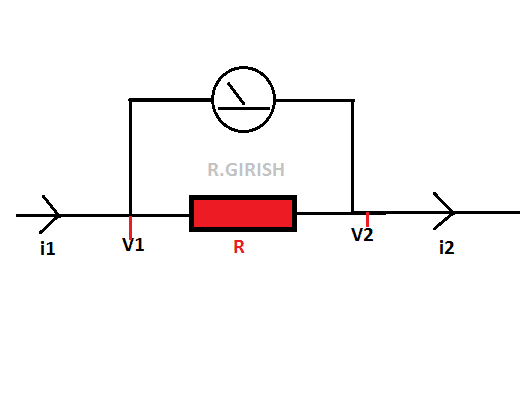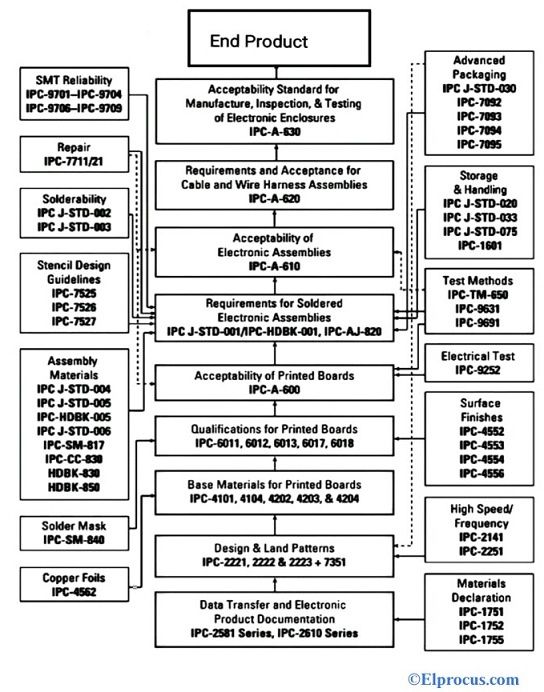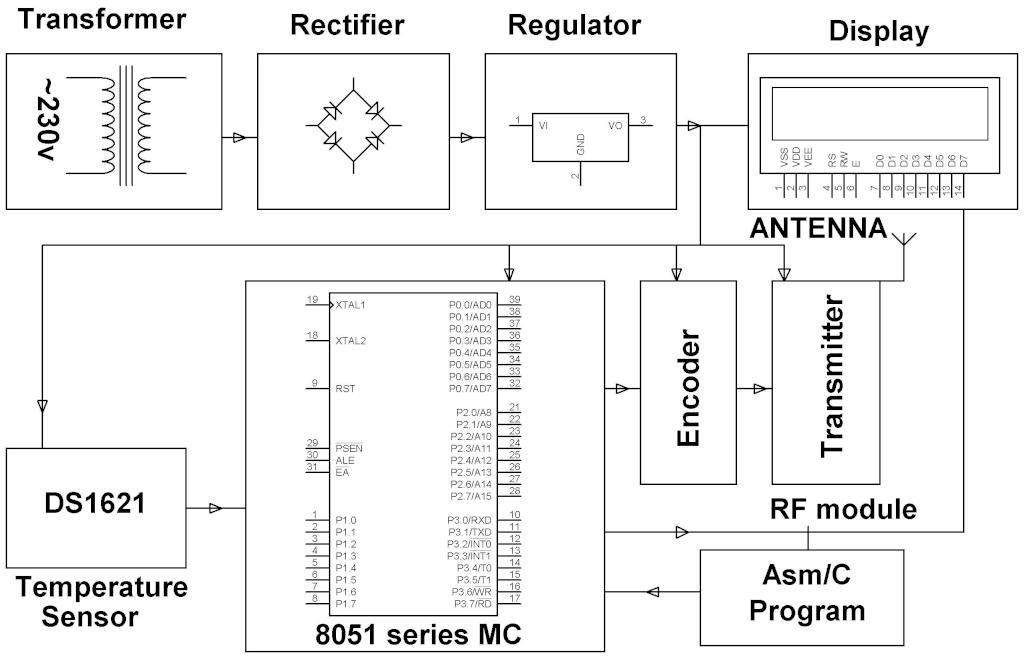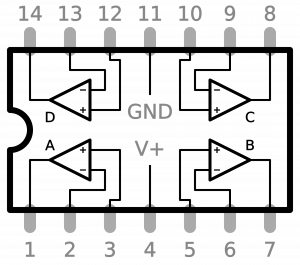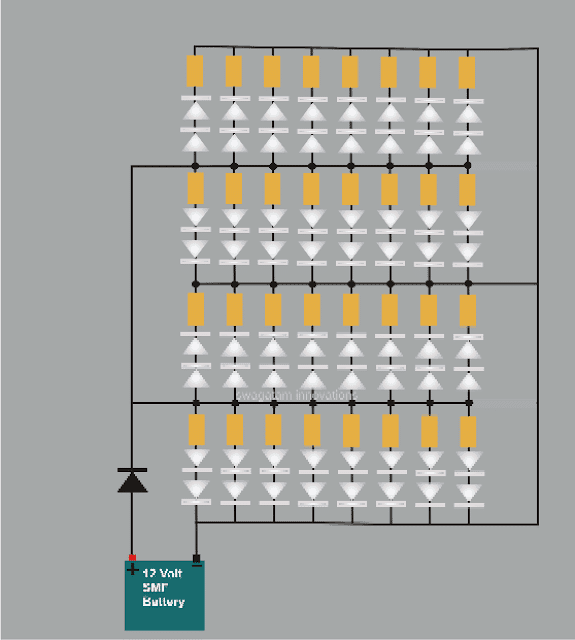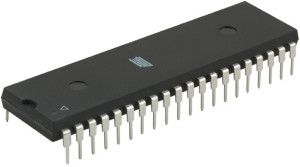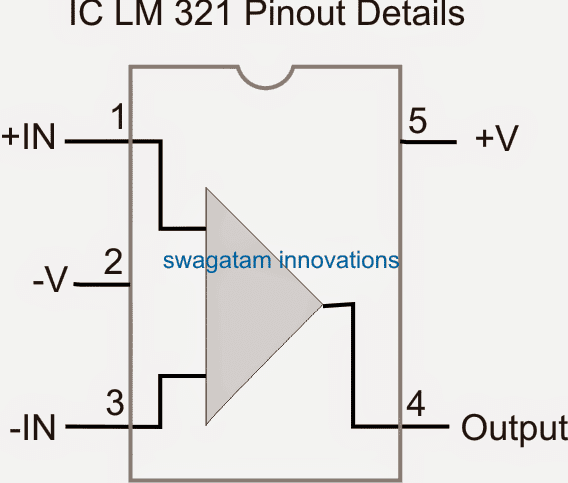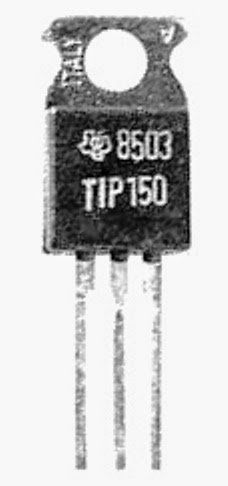Dans ce didacticiel Arduino, nous allons apprendre à exécuter la commande tone () pour produire des notes de musique. La configuration jouera un tout petit son musical qui pourrait vous être familier.

Matériel requis pour le projet
Carte Arduino Haut-parleur - 8 Ohm 1 pouce Résistance - 100 ohms
Procédure:
C'est un peu trop simple et nécessite que l'un des fils du haut-parleur soit intégré à la broche 8 via la résistance de 100 ohms, et l'autre fil à la terre ou au rail négatif de l'alimentation, comme indiqué dans le schéma suivant:

Courtoisie d'image: https://arduino.cc/en/Tutorial/Tone
Le code de programmation
Vous verrez un fichier supplémentaire (pitches.h) inclus dans le code. Le fichier est préprogrammé avec les valeurs de hauteur tonale de quelques airs musicaux standard.
Pour être plus précis, vous pouvez trouver que NOTE_C4 est au milieu C. NOTE_FS4 est F dièse et de la même manière. Le programme du tableau de notes ci-joint ci-dessous a été initialement formulé par Brett Hagman, selon lequel la commande tone () a été formée.
Les données deviennent utiles chaque fois qu'une application demande la production d'une note de musique dans une configuration Arduino. L'esquisse fondamentale peut être apprise comme indiqué sous:
/ *
Mélodie
Joue une mélodie
circuit:
* Haut-parleur 8 ohms sur la broche numérique 8
créé le 21 janv.2010
modifié le 30 août 2011
par Tom Igoe
Cet exemple de code est dans le domaine public.
https://arduino.cc/en/Tutorial/Tone
*/
#include 'pitches.h'
// notes in the melody:
int melody[] =
{
NOTE_C4, NOTE_G3,NOTE_G3, NOTE_A3, NOTE_G3,0, NOTE_B3,
NOTE_C4}
// note durations: 4 = quarter note, 8 = eighth note, etc.:
int noteDurations[] = {
4, 8, 8, 4,4,4,4,4 }
void setup()
{
// iterate over the notes of the melody:
for (int
thisNote = 0
thisNote <8
thisNote++) {
// to calculate the note duration, take one
second
// divided by the note type.
//e.g. quarter note = 1000 / 4, eighth note =
1000/8, etc.
int noteDuration = 1000/noteDurations[thisNote]
tone(8, melody[thisNote],noteDuration)
// to distinguish the notes, set a minimum time
between them.
// the note's duration + 30% seems to work well:
int pauseBetweenNotes =
noteDuration * 1.30
delay(pauseBetweenNotes)
// stop the tone playing:
noTone(8)
}
}
void loop()
{
// no need to repeat the melody.
In order to create the pitches.h file you’ll need to click
on the “new Tab” button which may look like this: → And simply paste the following code in it:/*************************************************
* Public Constants
*************************************************/
#define NOTE_B0 31
#define NOTE_C1 33
#define NOTE_CS1 35
#define NOTE_D1 37
#define NOTE_DS1 39
#define NOTE_E1 41
#define NOTE_F1 44
#define NOTE_FS1 46
#define NOTE_G1 49
#define NOTE_GS1 52
#define NOTE_A1 55
#define NOTE_AS1 58
#define NOTE_B1 62
#define NOTE_C2 65
#define NOTE_CS2 69
#define NOTE_D2 73
#define NOTE_DS2 78
#define NOTE_E2 82
#define NOTE_F2 87
#define NOTE_FS2 93
#define NOTE_G2 98
#define NOTE_GS2 104
#define NOTE_A2 110
#define NOTE_AS2 117
#define NOTE_B2 123
#define NOTE_C3 131
#define NOTE_CS3 139
#define NOTE_D3 147
#define NOTE_DS3 156
#define NOTE_E3 165
#define NOTE_F3 175
#define NOTE_FS3 185
#define NOTE_G3 196
#define NOTE_GS3 208
#define NOTE_A3 220
#define NOTE_AS3 233
#define NOTE_B3 247
#define NOTE_C4 262
#define NOTE_CS4 277
#define NOTE_D4 294
#define NOTE_DS4 311
#define NOTE_E4 330
#define NOTE_F4 349
#define NOTE_FS4 370
#define NOTE_G4 392
#define NOTE_GS4 415
#define NOTE_A4 440
#define NOTE_AS4 466
#define NOTE_B4 494
#define NOTE_C5 523
#define NOTE_CS5 554
#define NOTE_D5 587
#define NOTE_DS5 622
#define NOTE_E5 659
#define NOTE_F5 698
#define NOTE_FS5 740
#define NOTE_G5 784
#define NOTE_GS5 831
#define NOTE_A5 880
#define NOTE_AS5 932
#define NOTE_B5 988
#define NOTE_C6 1047
#define NOTE_CS6 1109
#define NOTE_D6 1175
#define NOTE_DS6 1245
#define NOTE_E6 1319
#define NOTE_F6 1397
#define NOTE_FS6 1480
#define NOTE_G6 1568
#define NOTE_GS6 1661
#define NOTE_A6 1760
#define NOTE_AS6 1865
#define NOTE_B6 1976
#define NOTE_C7 2093
#define NOTE_CS7 2217
#define NOTE_D7 2349
#define NOTE_DS7 2489
#define NOTE_E7 2637
#define NOTE_F7 2794
#define NOTE_FS7 2960
#define NOTE_G7 3136
#define NOTE_GS7 3322
#define NOTE_A7 3520
#define NOTE_AS7 3729
#define NOTE_B7 3951
#define NOTE_C8 4186
#define NOTE_CS8 4435
#define NOTE_D8 4699
#define NOTE_DS8 4978
Une paire de: Création d'un circuit de sonnette sans fil Un article: Circuit d'inverseur à noyau de ferrite 5kva - Diagramme de fonctionnement complet avec détails de calcul


